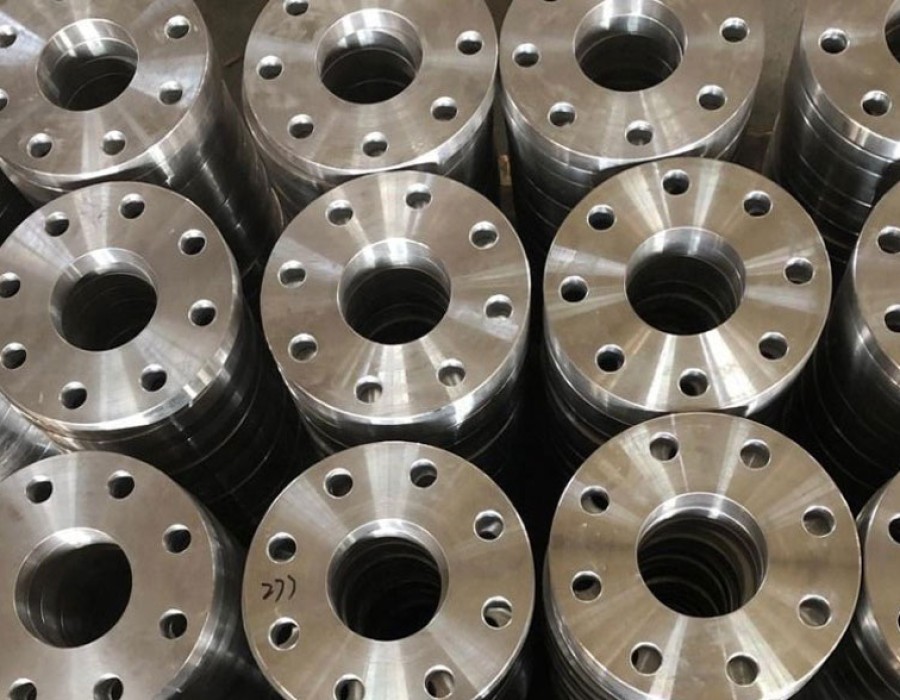Flanges are essential components used in pipeline systems to connect pipes and valves together. In the oil and gas industry, flanges are subjected to extreme temperatures, pressure, and corrosion. Therefore, selecting the right type of flange for your piping system is crucial. Stainless Steel 316L is a popular material used for flanges due to its high corrosion resistance properties.
Properties of Stainless Steel 316L Flanges
Stainless Steel 316L is a type of austenitic stainless steel that contains a low carbon content of around 0.03% and additional alloying elements like molybdenum, nickel, and chromium. These alloying elements provide excellent corrosion resistance and durability to the material. The flanges made from this material are highly resistant to corrosion in chloride environments and high-temperature applications, such as chemical processing, power generation, and oil and gas industries.
Applications of Stainless Steel 316L Flanges
Stainless Steel 316L Flanges are widely used in various applications, including pharmaceuticals, food processing, aerospace, automotive, and marine industries. These flanges are ideal for applications that require high-temperature and chemical resistance, such as heat exchangers, pumps, valves, and tank connections. Additionally, they are used in power generation industries, nuclear facilities, and offshore oil rigs to prevent leaks and withstand high-pressure environments.
Advantages of Stainless Steel 316L Flanges
One of the significant advantages of SS 316L flanges is their excellent corrosion resistance properties, even in high-chloride environments. They have better strength and pressure resistance than other materials, such as brass, aluminum, and plastic. Moreover, these flanges are easy to maintain, highly durable, and resistant to abrasion, making them ideal for harsh environments.
Types of Stainless Steel 316L Flanges
Stainless Steel 316L Flanges are available in various types, including slip-on, weld neck, socket weld, threaded, blind, and lap joint flanges. The selection of the flange type depends on the specific application requirements. For example, socket weld flanges are suitable for low-pressure applications, whereas weld neck flanges are ideal for high-pressure and low-temperature applications.





Comments